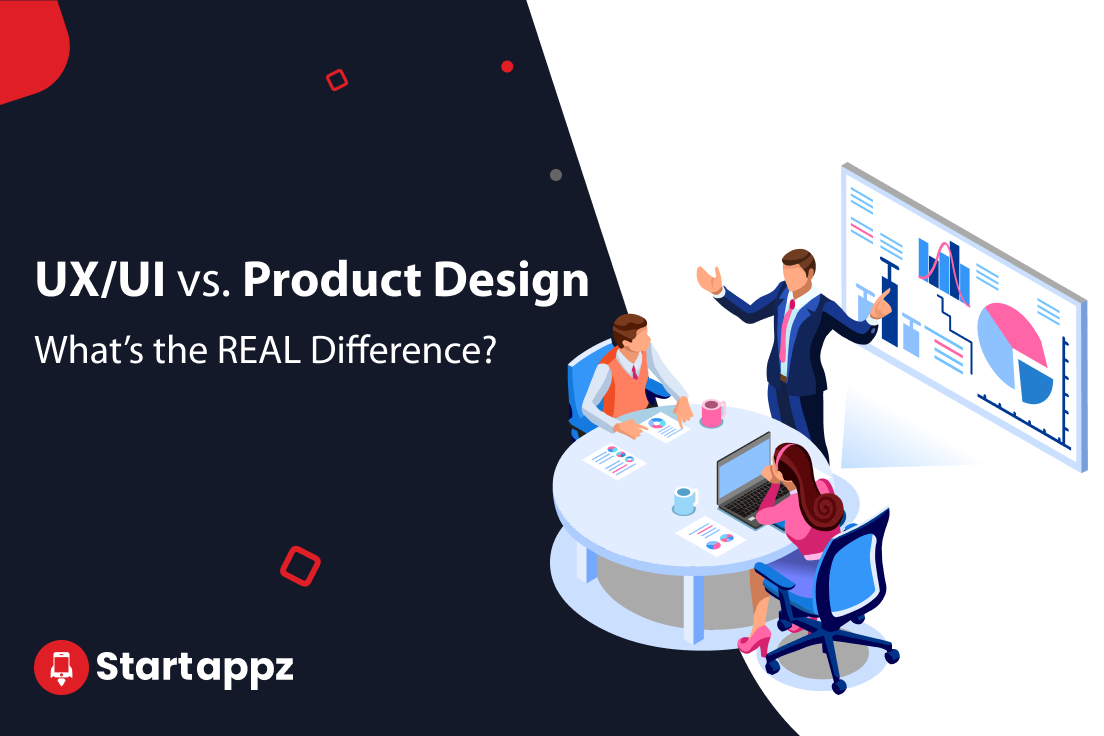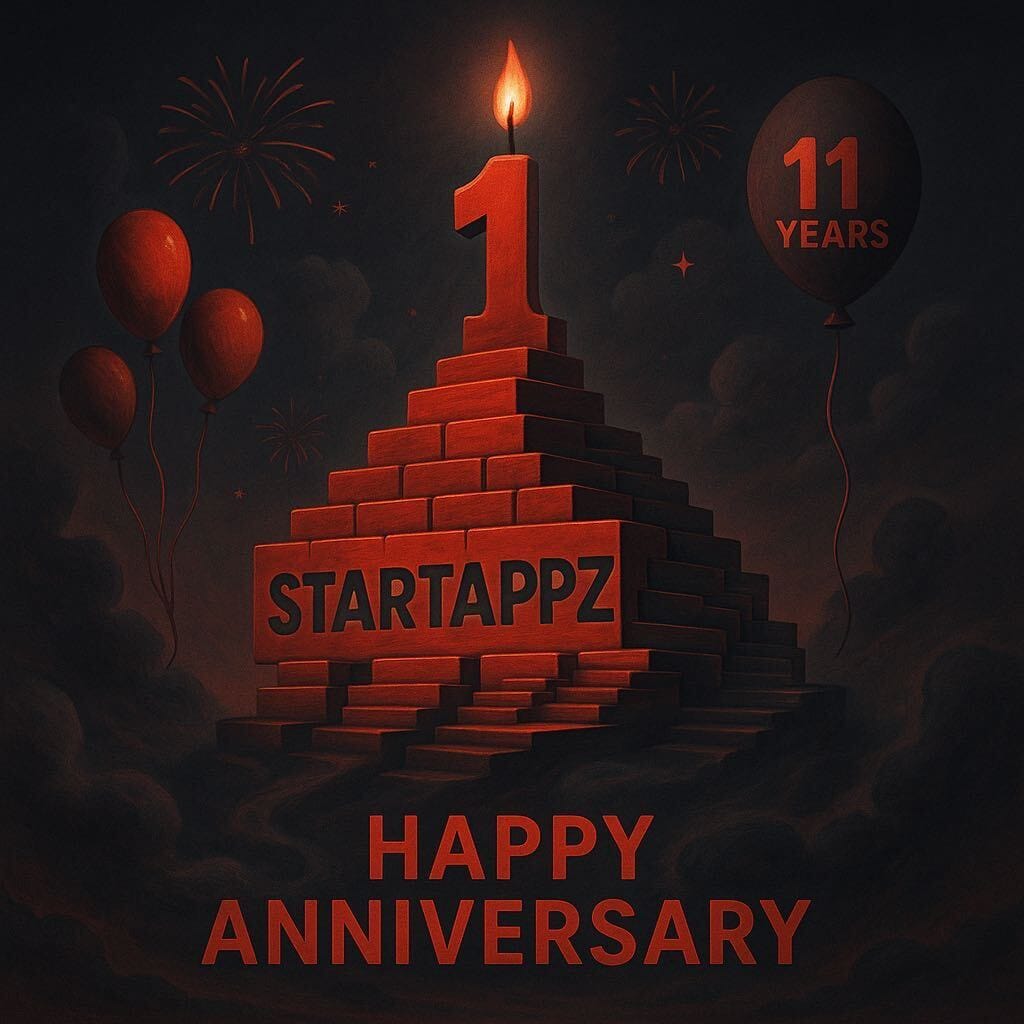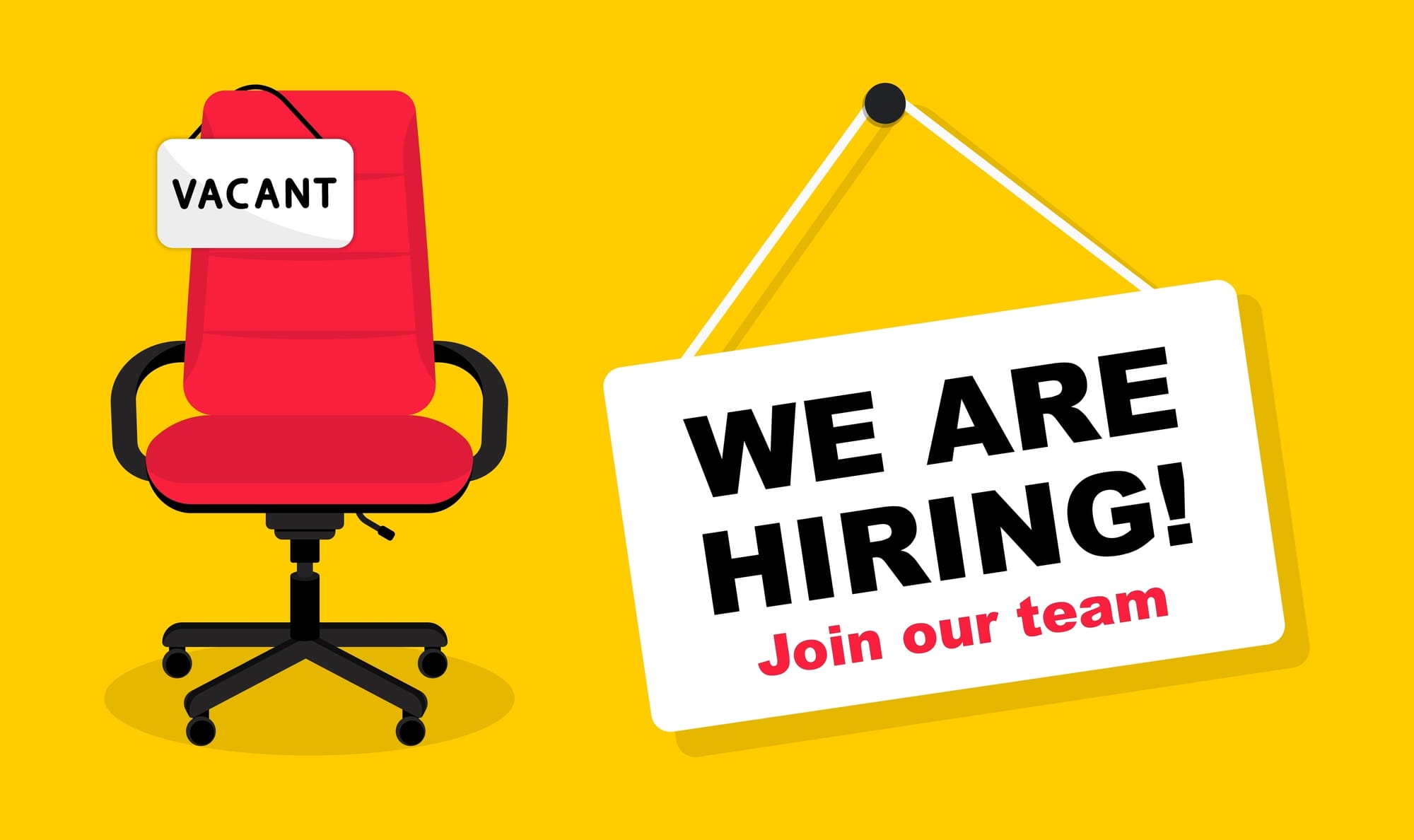The E-Grocery Journey: From Discovery to Innovation (Reflections)
I was excited to start my project, which is an e-grocery app. My primary tool was the potential of AI and machine learning. Combining technology with a focus on the user could lead to a better online grocery shopping experience.
At first, my approach was too broad. A wide problem statement might lead to many solutions, but not necessarily the right one. The challenge was to be more specific and find the exact issue that needed to be addressed.
The online survey provided the clarity I needed. From the data, I understood that I was looking at the wrong group of users. The people I needed to focus on were not the regular e-grocery shoppers but those who needed clarification about using online platforms. These users only turned to online grocery shopping when they urgently needed something.
With this new understanding, I refined my problem statement. It became clearer and more targeted. The goal was not to copy the experience of a physical store online but to understand and address the unique needs of these hesitant users.
The face-to-face interviews gave me more information. They showed the main concerns of the users: the need for help in real-time, the fear of making mistakes, and the wish for a more straightforward shopping process. I took all these insights and thought about how to address them.
The answer was an AI shopping assistant. This digital tool would guide users, help them make the right choices, suggest recipes, and even check their pantry to suggest what they might be missing. This was a new and improved approach to the e-grocery experience.
But I also found something unexpected when I looked at other online platforms. There was a feature that let users reorder their previous grocery lists. But most people didn’t use it. Why? I found out that users wanted to make their own choices each time. They didn’t want to repeat past orders. This information made me think of a new approach: a chat-based AI tool that could offer suggestions but also be adjusted by the user.
Through this project, I learned a lot about UI/UX design. It’s not just about making things look good. It’s about understanding users, knowing what they need, and creating a system that works for them. My work in e-grocery showed me how important it is to focus on the user and how much can be achieved when you do.
Define Stage: Crafting the Blueprint
Relying on iterative design processes, I aimed for a structured and systematic approach. I revisited all the information I had gathered, synthesizing and analyzing it to craft and prioritize features based on user journeys.
I began by mapping out user journeys, drawing inspiration from existing e-grocery app experiences. This exercise illuminated potential areas of enhancement throughout the user’s journey. It also spotlighted several features that could address user pain points as they progressed through their tasks.
I mapped out pains and user needs using a Value Proposition Canvas to refine my understanding further. This tool provided clarity on feature prioritization and their interrelations. Diving deep into each label and treating it as a unique approach was time-consuming but essential. It meant listing numerous functionalities to achieve each approach, which would later be evident in the features list.
My primary focus was reimagining the user experience, particularly when ordering grocery items. I aimed to leverage all insights to create a structure that resonated with user expectations.
While I retained certain functionalities, like the delivery and payment processes (since they already met user expectations), my primary interest lay elsewhere.
For my MVP, the core journey involved searching for items or categories, adding them to the cart, and checking out. I had specific criteria in mind for this ordering process:
● Time-saving: The revamped experience reduced the time spent by two-thirds.
● Intuitiveness: Even in its low-fidelity form, users navigated the proposed journey smoothly and effortlessly.
● Accessibility: Users could easily modify their orders and access all necessary features from a single screen, minimizing unnecessary navigation and enhancing clarity and control.
● Innovation: The chat-like interface, combined with a keypad that displayed all relevant content, streamlined the search process, whether users were looking for a specific item or brand. Keeping the cart was accessible and editable throughout the journey further enhancing the user experience.
Drawing inspiration from chat platforms like WhatsApp proved invaluable, especially for my target demographic: middle-aged individuals. The familiar chat interface made the app more approachable and seamless for them.
Lastly, feature prioritization was determined based on importance and feasibility. The Smart Search, which incorporated Natural Language Processing, barcode scanning, and a chat-like search interface, was deemed crucial. Customization features, such as editing, quantity, and details, followed closely. The remaining features were then ranked accordingly.
Develop Stage: Refining the Blueprint
The development stage is akin to sculpting from clay. You start with a broad shape and continually refine and adjust until you achieve the desired form. This stage is characterized by its iterative nature, often requiring revisits to the Define stage to ensure alignment with initial insights and objectives.
One of the most valuable aspects of this process is the foundation it establishes. Even when faced with oversights or required changes, there’s always a solid base to return to, ensuring the project stays on track. When I began crafting the Information Architecture (IA), my primary focus was on understanding the hierarchy and relationships between different functionalities. This understanding was further honed during the wireframing phase, where the emphasis shifted to the flow of tasks within the app.
Testing was an integral part of this stage. With each test, insights were gained, leading to adjustments in the design. However, a challenge arose: As initial testers became familiar with the app and its changes, their feedback began to shift. They started offering suggestions based on personal preferences rather than objective usability. This is a common pitfall in user testing, where familiarity can lead to bias.
To counteract this, I introduced the app to new users for testing. Fresh eyes provided unbiased feedback, ensuring that the design remained user-centric and not skewed towards the preferences of a few. This approach reinforced the importance of diverse user testing to achieve a well-rounded, user-friendly design.
The development stage was a dance of adjustments, testing, and refinement. It underscored the importance of design flexibility and continuous feedback’s value in shaping an optimal user experience.
Delivery Stage: Bringing the Vision to Life
The Delivery stage is where the conceptual meets the tangible. It’s the culmination of all previous steps, where the vision is translated into a tangible product, ready to be introduced to the world.
Central to this stage was the brand identity. The app’s essence, the chat-centric user experience, needed to be encapsulated in the brand’s visual representation. This was achieved with a logo that succinctly conveyed the app’s primary function: “Chat to Shop.” The logo wasn’t just a symbol but a promise of the unique experience awaiting users.
Color plays a pivotal role in shaping perceptions and emotions. I aimed to strike a balance between energy, creativity, and enthusiasm on one hand and trust, reliability, and professionalism on the other. This duality was essential to set the app apart from competitors while ensuring users felt both excited and secure using the platform.
The journey to finalize the color palette was meticulous. Crafting a Design Language System required careful consideration of every design element, from backgrounds and text to icons. Factors like lighting, contrast, and readability were paramount, especially given the app’s primary use during daylight.
I set up a sandbox environment in Figma to visualize and test various color schemes. This playground allowed for experimentation, comparison, and refinement. However, a crucial lesson learned was the disparity between computer and mobile displays. Using Figma Mirror to project the design onto a mobile
screen provided a more authentic representation. This was especially evident during feedback sessions, where colors viewed on a computer screen sometimes appeared less vibrant than on a mobile device.
The interplay between color and user experience is profound. Colors can guide, inform, and evoke emotions. In this app, they were more than mere aesthetics; they were an integral part of the user journey, enhancing the overall experience and ensuring the app’s promise was consistently delivered.
Looking Back and Moving Forward
Design, in its essence, is fluid. It’s a continuous journey of evolution, adaptation, and refinement. The process never truly concludes; instead, it adapts and evolves in response to feedback, technological advancements, and changing user needs.
The Lean UX approach, nested within the double diamond framework, served as a guiding light in my journey. It streamlined the process, ensuring that the focus remained on creating a Minimal Viable Product (MVP) that encapsulated the core user experience. This approach emphasizes testing and validation, providing that every design decision is rooted in real user feedback and needs.
The beauty of this methodology is its emphasis on rapid iteration and validation. Instead of getting bogged down by many potential features, it zeroes in on the essential user journey, ensuring the core experience is robust, intuitive, and user-centric.
In a saturated market like e-grocery, innovation is crucial. But innovation doesn’t always mean inventing something entirely new. Sometimes, it’s about reimagining and presenting existing features in a fresh, unique experience.
It’s about identifying gaps, understanding user pain points, and crafting solutions that address these issues and elevate the overall user experience.
In conclusion, design is about more than aesthetics or functionality in isolation. It’s about merging the two, creating experiences that resonate with users, and constantly pushing the boundaries of what’s possible. In design, change is the only constant, and embracing this change is the key to creating impactful, lasting solutions.





